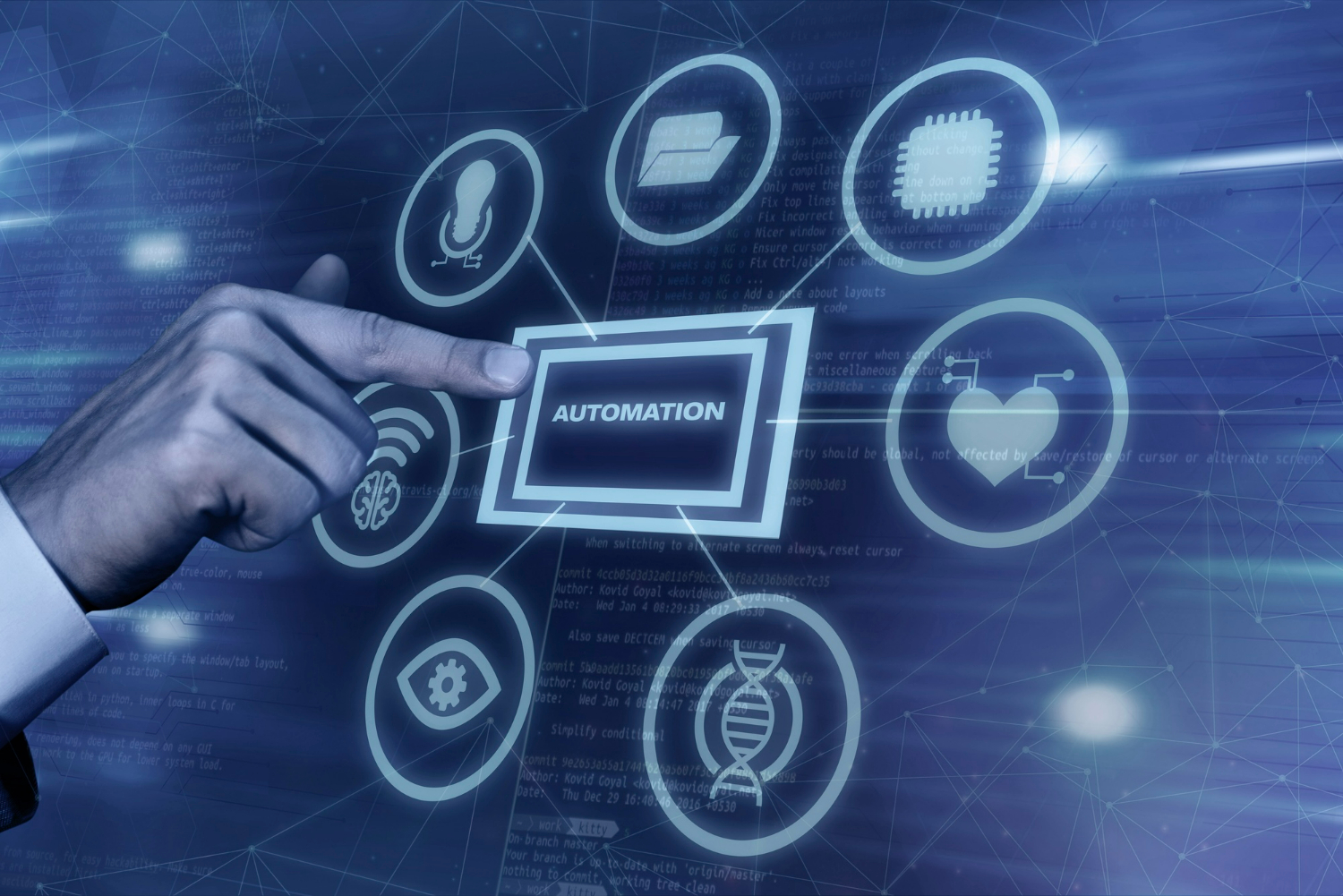What is the Difference Between RPA and BPA
Automation has revolutionized the way organizations operate, allowing them to streamline processes, increase efficiency, and reduce costs. Robotic Process Automation (RPA) and Business Process Automation (BPA) are two popular approaches that enable businesses to automate their operations. While they share the common goal of automation, RPA and BPA differ in their scope, implementation, and impact on business processes. In this article, we will delve deeper into the world of automation, exploring the nuances between RPA and BPA, their benefits, and the scenarios where each approach excels.
What is meant by robotic process automation?
Robotic Process Automation (RPA) is a technology that leverages software robots or bots to automate rule-based and repetitive tasks within business processes. These bots are designed to interact with various software applications, mimic human actions, and perform tasks with speed and accuracy. RPA utilizes user interfaces, enabling bots to navigate screens, input data, extract information, and execute tasks just like a human operator would.
What are the benefits of robotic process automation?

Useful link: Benefits Of Unattended Robotic Process Automation For Business Efficiency
What is meant by business process automation?
Business Process Automation (BPA) refers to the use of software to automate one or more business processes. It involves the integration of technology, infrastructure, and business rules to streamline operations, enhance customer experiences, improve employee productivity, and reduce costs. BPA focuses on optimizing processes by leveraging automation tools and methodologies.
What are the benefits of business process automation?

Differences between robotic process automation and business process automation (RPA vs BPA)
While RPA and BPA share the objective of automation, several key differences distinguish them:
| Aspect | RPA | BPA |
|---|---|---|
| Scope | Automates specific tasks | Optimizes end-to-end processes |
| Implementation | Technology-led, pre-built bots | Comprehensive process design and planning |
| User Interfaces | Mimics human actions in existing UI | May require integration and API access |
| Business Impact | Task automation, efficiency, cost-saving | Core component of digital transformation |
| Flexibility and Scalability | Flexible, scalable across applications | Scalable but requires careful planning |
| Process Optimization | Task automation within a process | Holistic end-to-end workflow optimization |
| Business Involvement and Control | IT-driven with business input | Business stakeholders lead the initiatives |
| Complexity of Integration | Integrates with existing systems | May require deeper integration with systems |
Know in detail with this useful link: The Ultimate Guide To Robotic Process Automation(RPA)
Final Thoughts
In conclusion, Robotic Process Automation (RPA) and Business Process Automation (BPA) are two powerful approaches that enable organizations to automate their processes and achieve operational excellence. RPA excels at automating specific tasks, providing benefits such as increased efficiency, error reduction, cost savings, and scalability. Conversely, BPA optimizes end-to-end processes, streamlines operations, and offers benefits like streamlined processes, enhanced visibility, compliance, risk management, and improved collaboration. To harness the full potential of automation, organizations should consider leveraging both RPA and BPA, aligning them with their unique needs and goals to achieve comprehensive automation strategies.
FAQ's
1. Is RPA a type of artificial intelligence?
No, RPA is not a type of artificial intelligence. It is a form of automation that uses software bots to mimic human actions and automate specific tasks.
2. Can RPA and BPA be used together?
Yes, RPA and BPA can be used together to achieve comprehensive process automation. RPA can automate specific tasks within a broader BPA framework.
3. Which industries can benefit from RPA and BPA?
RPA and BPA can benefit a wide range of industries, including banking, healthcare, insurance, manufacturing, logistics, and customer service, among others.
4. What are some examples of tasks that can be automated using RPA?
Examples of tasks that can be automated using RPA include data entry, invoice processing, report generation, order fulfillment, and customer onboarding processes.
5. How long does it take to implement RPA and BPA solutions?
The implementation time for RPA and BPA solutions varies depending on the complexity of the processes, the technology infrastructure, and the organization's readiness. It can range from a few weeks to several months, considering the design, development, testing, and deployment phases.



